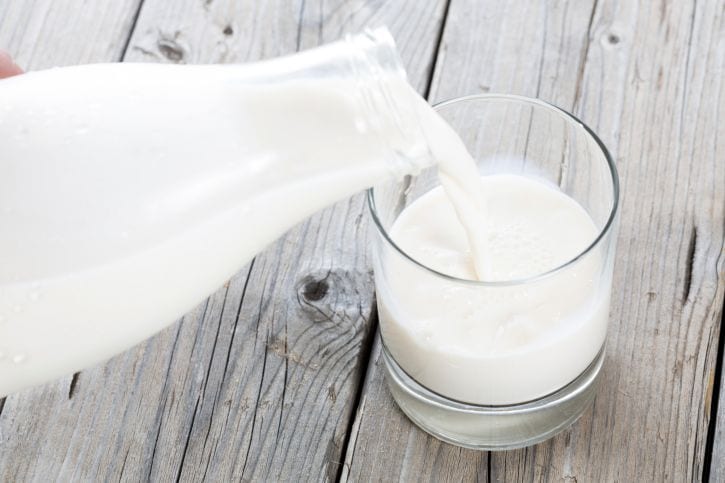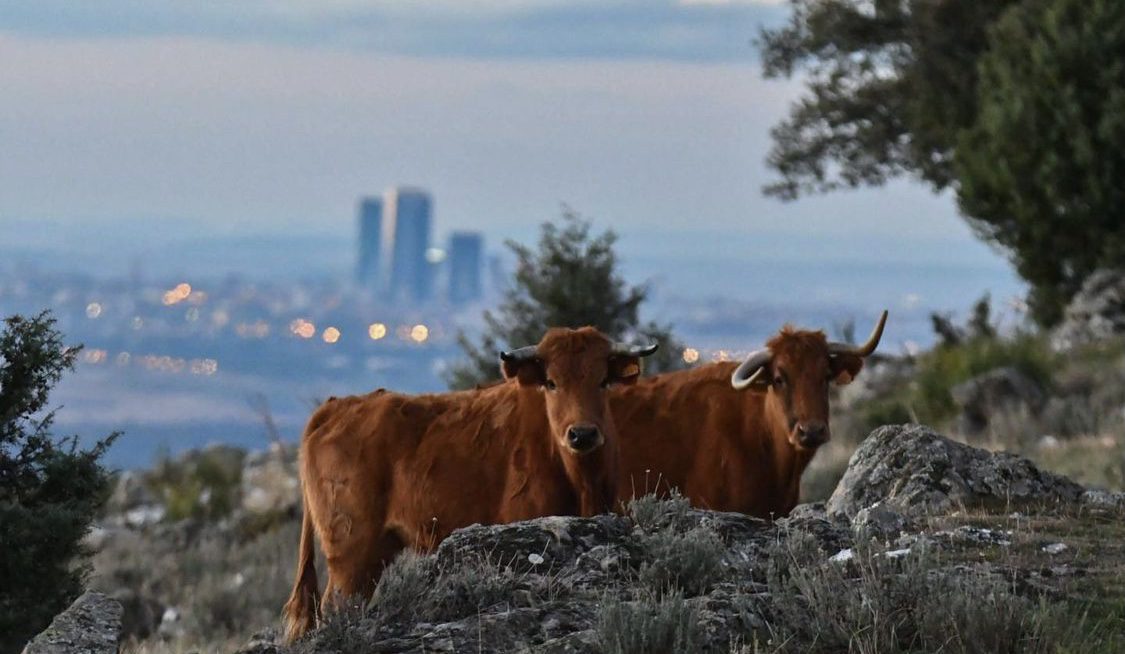Can they reduce emissions of carbon dioxide through the milk waste? Let's see what this curious initiative to avoid ecological disaster consists of.
A growing concern
This is not a current issue. CO2 emissions have been skyrocketing for some time and now is when we notice the consequences. The climate change has meant significant heat waves that are here to stay. In addition, the changes also come in the form of droughts o frost capable of spoiling crops.
That is why scientists have been thinking of solutions for some time. We treat one of them in this article and it dates from 2020. It consists of using the surplus milk to capture emissions. It seems contradictory, since cows are responsible for the 15% of climate change. They mainly do it through methane, a gas that takes much longer to disappear from the atmosphere. Furthermore, it heats up more than CO2.

So, do you really need to produce more milk to reduce emissions? It is true that it would not make any sense. Just take advantage of the surplus. Thus, we must take into account that although more milk is produced than before, their consumption has decreased in the west That is why we have a lot of milk that is left over and is wasted. Now, what can we do with it?
How to reduce emissions with waste?
Let's get technical. This is possible through a chemical process. For this you need to convert the milk powder en biochar. This is activated by high temperatures in industrial plants when powdered milk is heated to 400 degrees. After this process, it leaves micropores rich in nitrogen and oxygen. Through these passes the water vapor while it is difficult for it to sneak into the carbon.
It sounds complicated, since it is a very technical topic. However, it is an interesting solution to a growing problem. In other words, today the food sector is responsible for 30% of CO2 emissions. This is today. However, as countries develop, millions of people enter the middle class. They begin to consume more meat and dairy. Therefore, if the patterns do not change, these emissions will increase.
More taxes on dairy and meat
In fact, right now there is a movement that calls for a higher tax on meat and milk derivatives. The reason that advocates of the idea allege is to reduce emissions of polluting gases. That was how more than 5.000 NGOs and some companies over a hundred countries they signed a letter addressed to the governments. Its objective is that the tax be implemented in the 50 countries that consume the most meat.

Nowadays Denmark prepare a tax of these characteristics for the end of the year. Secondly, New Zealand it will implement one for livestock emissions in 2025. However, ranchers are protesting. Even the incoming Colombian president, Gustavo Petro, includes raising the meat and dairy tax in his tax reform bill. They argue that not all production methods are equally polluting. Therefore, not everything should be classified in the same way.
In any case, did you find the milk proposal interesting for reduce emissions? There are very creative solutions. What is missing is the will to implement them on time.







